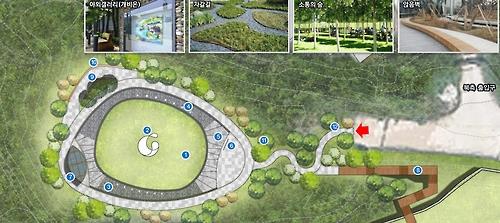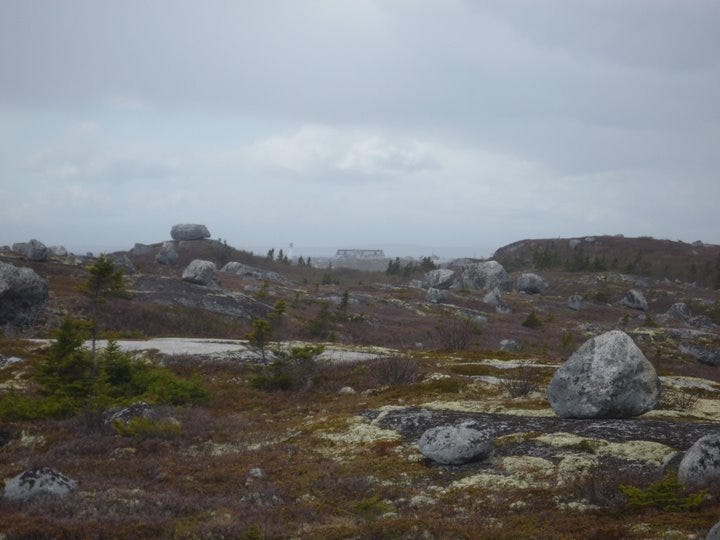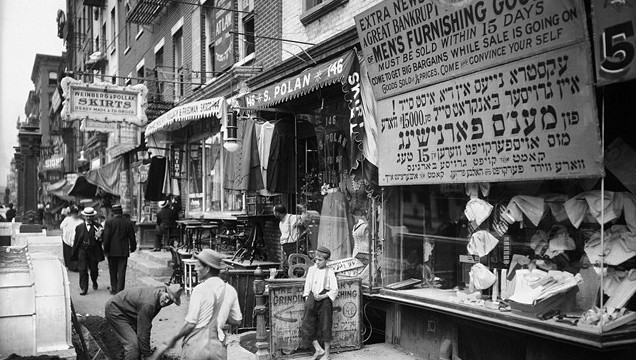In Los Angeles, a Festival of Love and Hapa-ness
The New York Times
2017-03-11
Lawrence Downes

Portraits from Hāfu2Hāfu, an ongoing photographic project which investigates what it means to be half Japanese and how this defines identity.
Credit Tetsuro Miyazaki |
Los Angeles — The current political moment, with its upwelling of nationalism and xenophobia, has a repellent taste, like a mouthful of citrus pith, all bitter and white.
How bracing, then, to escape in late February to Los Angeles, city of the future, for something called the Hapa Japan Festival, a “celebration of mixed-race and mixed-roots Japanese people and culture.”
“Hapa” means “half” in Hawaiian pidgin English, and can be used to denote a variety of mixed-race or ethnic combinations, but in this context it meant half Japanese and half something else. In Hawaii, where I grew up Okinawan-Irish, hapa status is unremarkable, a matter-of-fact part of life, like daily sunshine. In the mainland United States, the word is used more assertively, if not defiantly — as a declaration of an identity that many people overlook or dismiss.
The story of growing up hapa — or “hafu,” in Japan — has been told and retold, often as melodrama or tragedy, in tales of abandoned Amerasian orphans in former war zones, or of more contemporary misfits struggling with confusion and rejection…
But as Duncan Ryuken Williams, a professor of religion and East Asian languages and cultures at the University of Southern California, who organized the festival, explained, it’s more complicated than that, a subject worthy of deep — and optimistic — exploration. The festival coincided with a conference at the University of Southern California on critical mixed-race studies, and the publication of “Hapa Japan,” a two-part volume of essays that Professor Williams edited…
…But even so, as Mitzi Uehara Carter, who teaches at Florida International University and is the daughter of an Okinawan mother and an African-American father, explained, hāfus in Okinawa, like those anywhere, often balk at having their lives stuffed into narrative boxes. They don’t like being saddled with identity crises they don’t necessarily have.
A recent essay in The Times described the creativity and mental flexibility of biracial people; critics took issue with it, arguing that race-blending is not the antidote to white supremacy, that hapas won’t save the world…
Read the entire article here.






